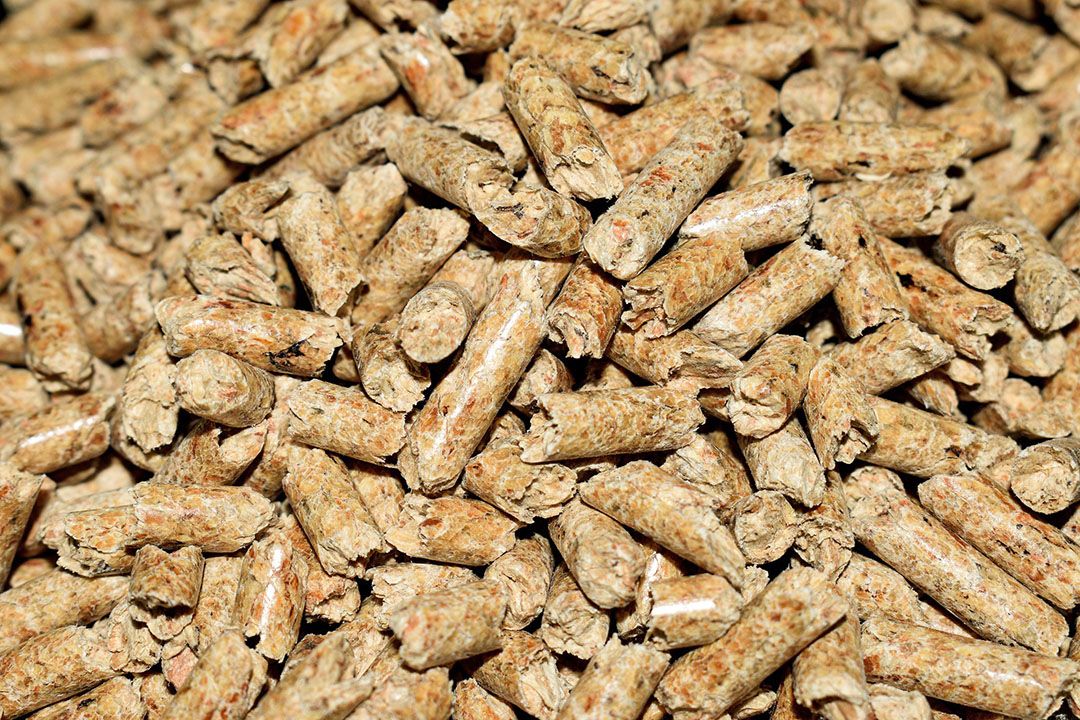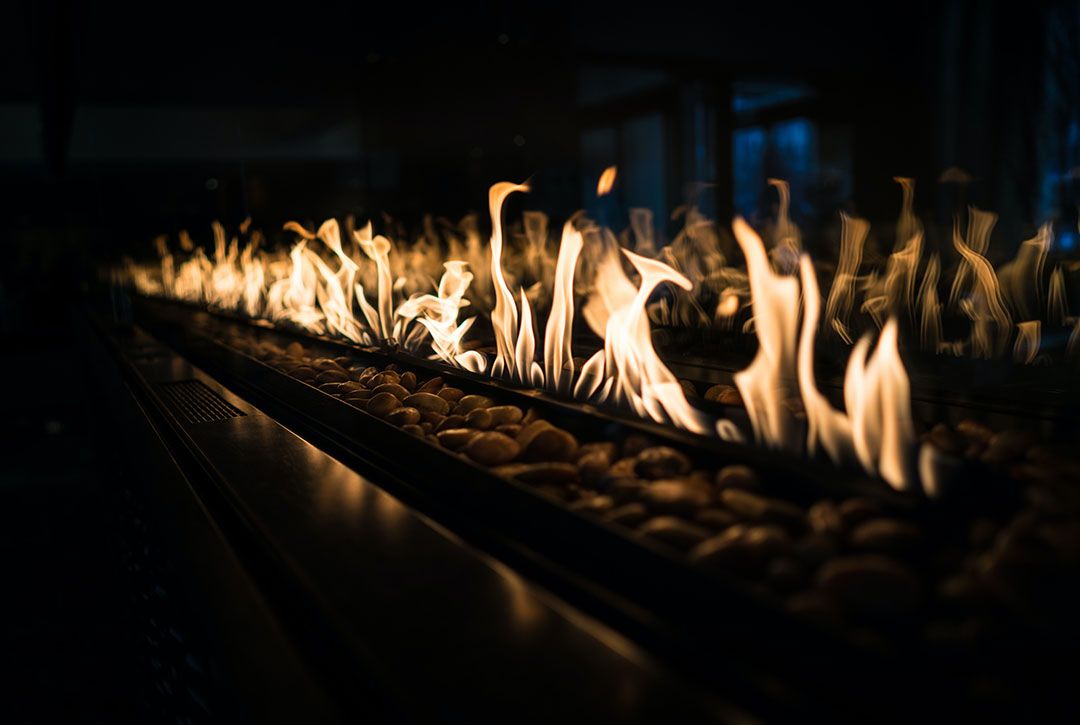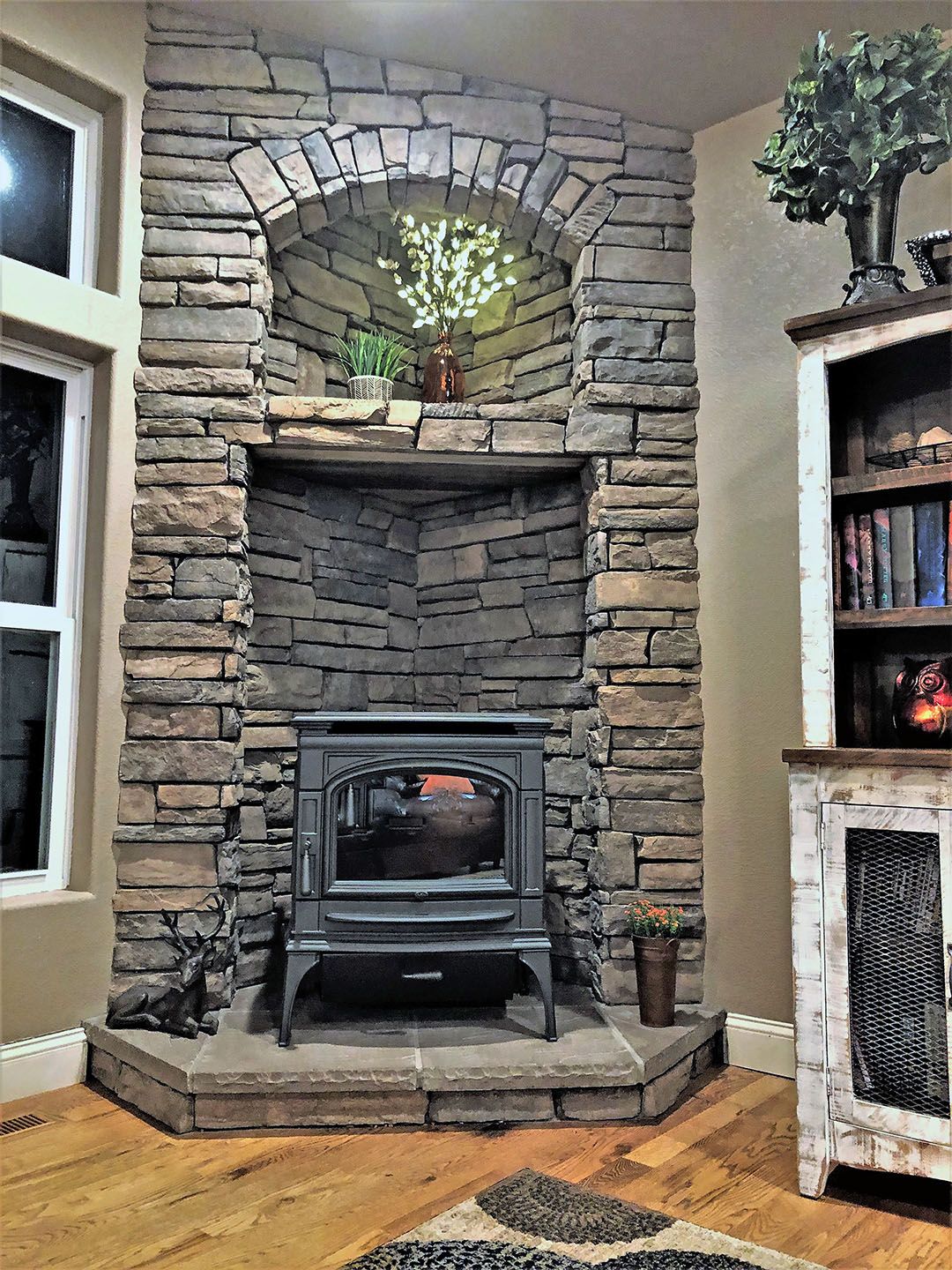
Understanding the Benefits of Modern Wood-Burning Stoves with Alpine Contracting
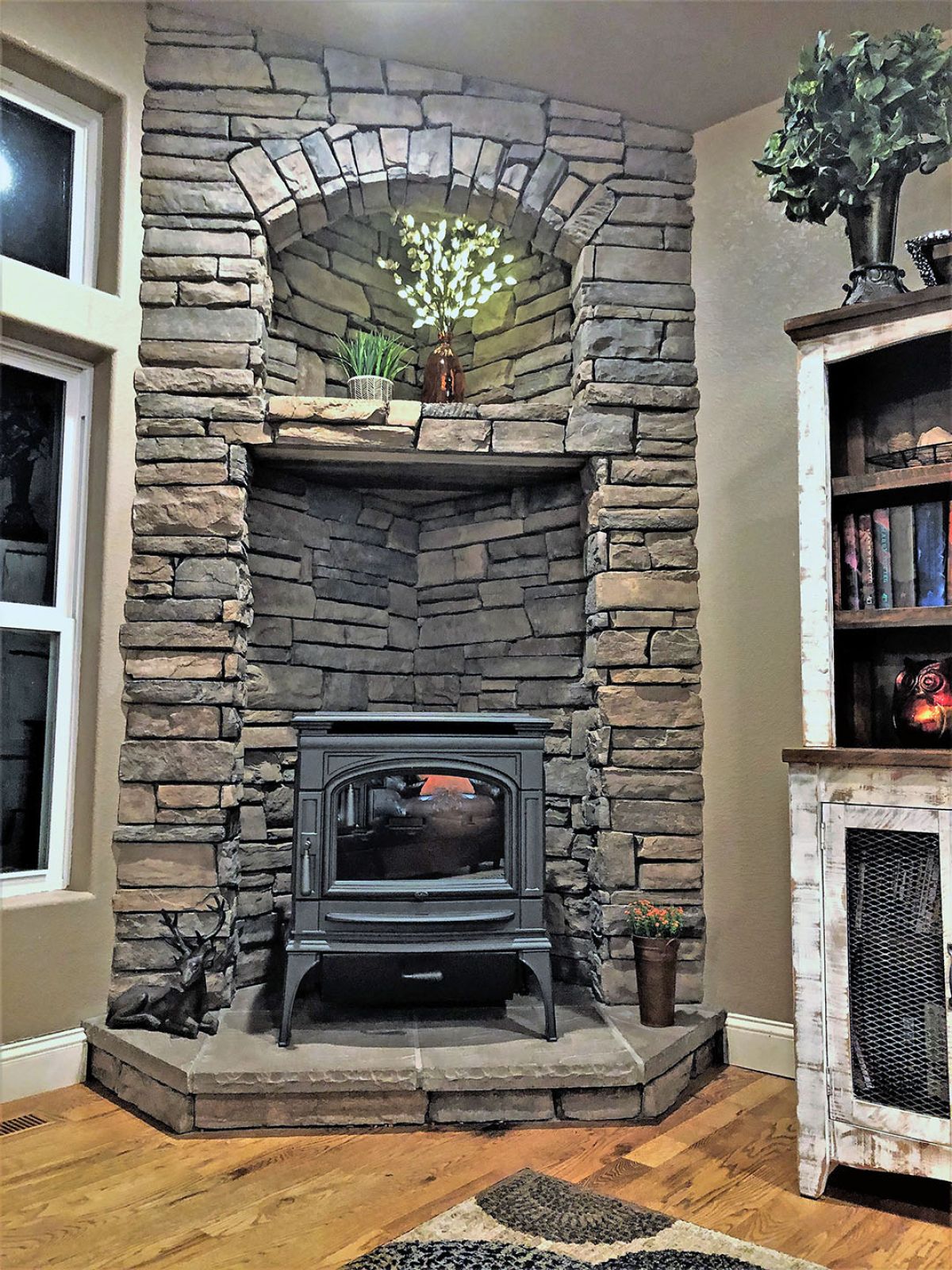
What you need to know about wood-burning stoves.
All wood-burning heat sources are not the same. Likewise, all wood-burning stoves are not the same. Your grandpa’s chuckwagon cast iron stove and traditional open-faced wood-burning fireplaces are becoming rare in modern Colorado homes. There are many reasons for this – inefficiency, pollution, maintenance, fire danger – but for those seeking the comforting crackle of a woodfire, consider a modern wood-burning stove.
Isn’t Wood-Burning Harmful To The Environment?
Contrary to popular political talking points, not all instances of wood-burning are harmful to the environment. We’ll concede that there may be more efficient heating sources available, but wood-burning is not “bad” in all circumstances.
Yes, right off the bat, traditional open-faced wood-burning fireplaces are not environmentally friendly. We’ll discuss the many reasons why throughout this article – but, don’t confuse a traditional open-faced fireplace with a stove. Both of these combustion technologies are completely different – keep reading.
“You’re Killing Trees, Man!” Well, no. When harvested properly, wood (trees) is a renewable resource. Good forestry companies replace what they take by planting new trees. Further, most of the undergrowth of America’s wooded land needs to cleared for wildfire mitigation. Burning some of the fuel from the mitigation process is a wise use of resources – just be conscious of where and how you get your wood. As with anything, improperly sourced resources yield harmful results – properly sourced resources generally have a minimal, or even a beneficial impact on the environment.
The bad reputation wood-burning receives is due to air pollution. When wood is burned, carbon is released into the air as tiny particles – generally the smoke that you see. All burned fuels release some sort of emissions. Wood, however, tends to be a “dirty” burning fuel – or it releases more carcinogens compared to other fuels (natural gas or propane). Further, open-faced fireplaces and antique wood stoves require a lot of fuel to be burned to provide sufficient heat for cooking or heating a home. In short, they’re inefficient. So, this is where the commonly held belief of “wood-burning is harmful to the environment” comes from – wood is a dirty fuel, and it requires a whole lot of it to be burned to accomplish its goals.
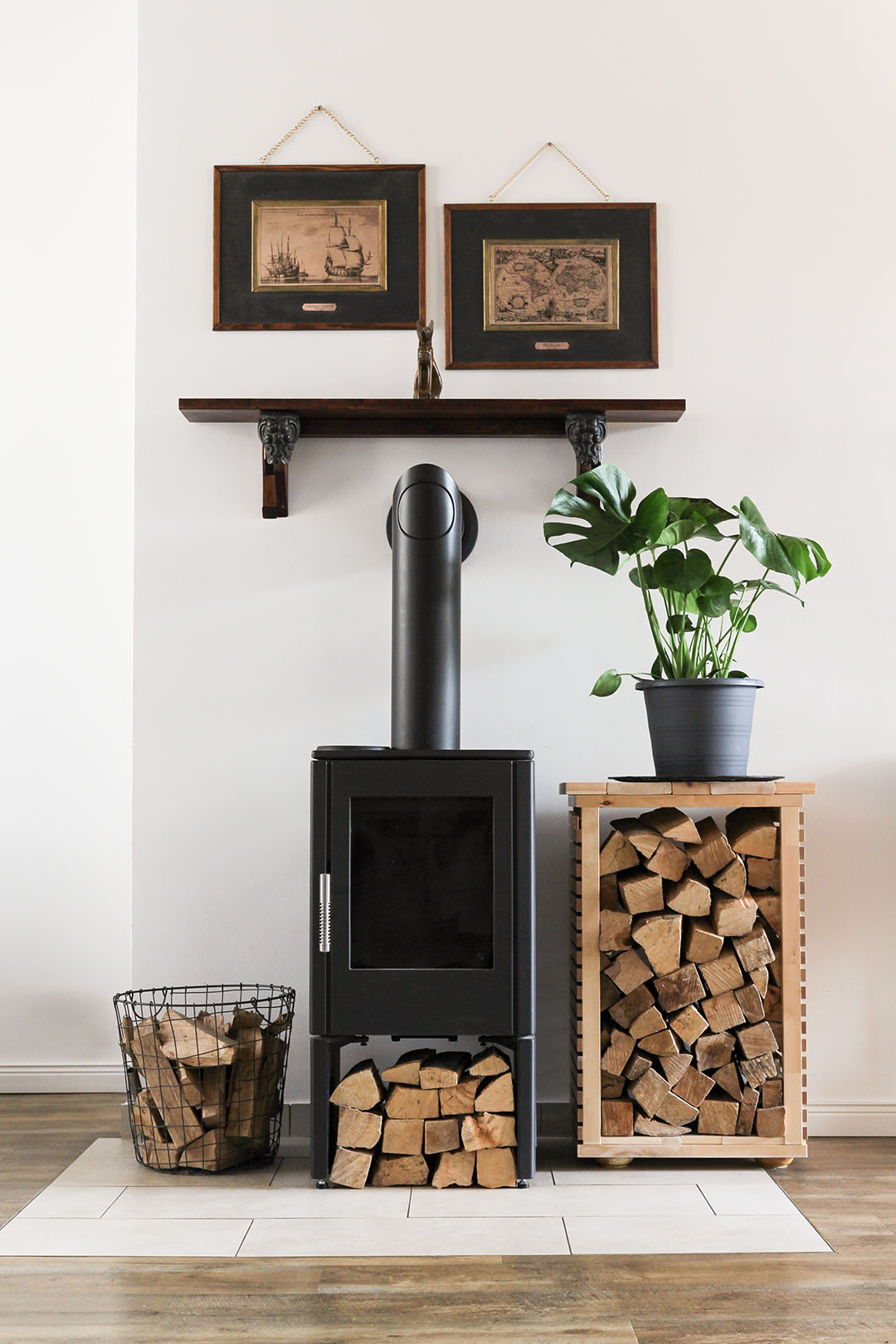
Isn’t Wood-Burning Inefficient?
In traditional open-faced fireplaces, yes – it’s extremely inefficient. It’s estimated that 80-90% of heat from a traditional fireplace is lost through its chimney. Further, the air inside of your home is continually pulled up and out of the chimney. This means when you’re not using your open-faced fireplace, your home is constantly losing heat from the furnace in the winter and cool air from the a/c in the summer. Yes, we understand that open-faced fireplaces have a flue – but this device is not air-tight. It’s like leaving a window cracked year-round.
You heard it directly from us – open-faced wood-burning fireplaces are least efficient method of heating your home. Without question. However, and again, a wood-burning stove is not an open-faced wood-burning fireplace. Modern wood-burning stoves can be highly efficient.

Why Are Stoves So Different From Fireplaces?
Wood-burning stoves offer entirely different combustion process than open-faced fireplaces. Stoves are evolutional step forward in technology compared to a fireplace. Stoves are entirely enclosed, usually with a tightly sealed door on the front. This sealed unit allows the user to control the flow of air, or the combustion output, allowing the user to regulate the amount of heat produced. Open-faced fireplaces have very little to no air flow control. In turn, controlling the air is akin to setting a thermostat – you’re not burning more fuel than you need to achieve a desire temperature.
Further, sealing a fire inside of a unit produces more radiant heat. Stoves burn hotter than fireplaces because the heat is contained, rather than allowing it to escape out of the front. For example, say you burn a log in a stove, and you also burn the same size log in a fireplace. The log in the stove will burn longer (because you’re able to control the air flow), and the heat produced by the stove will be hotter (because all of the heat is contained in the stove, and then radiated) than an open-faced fireplace. You’re using less fuel, and you’re getting more heat – meaning, a stove’s combustion method is more efficient than an open-faced fireplace.
But that’s not all. Because stoves are a sealed, enclosed unit, this means that you’re not losing your home’s air throughout the year through a chimney or vent. Your central heating and a/c operates just like it would in any other modernly efficient home – none of this temperature controlled air escaping through the flue.
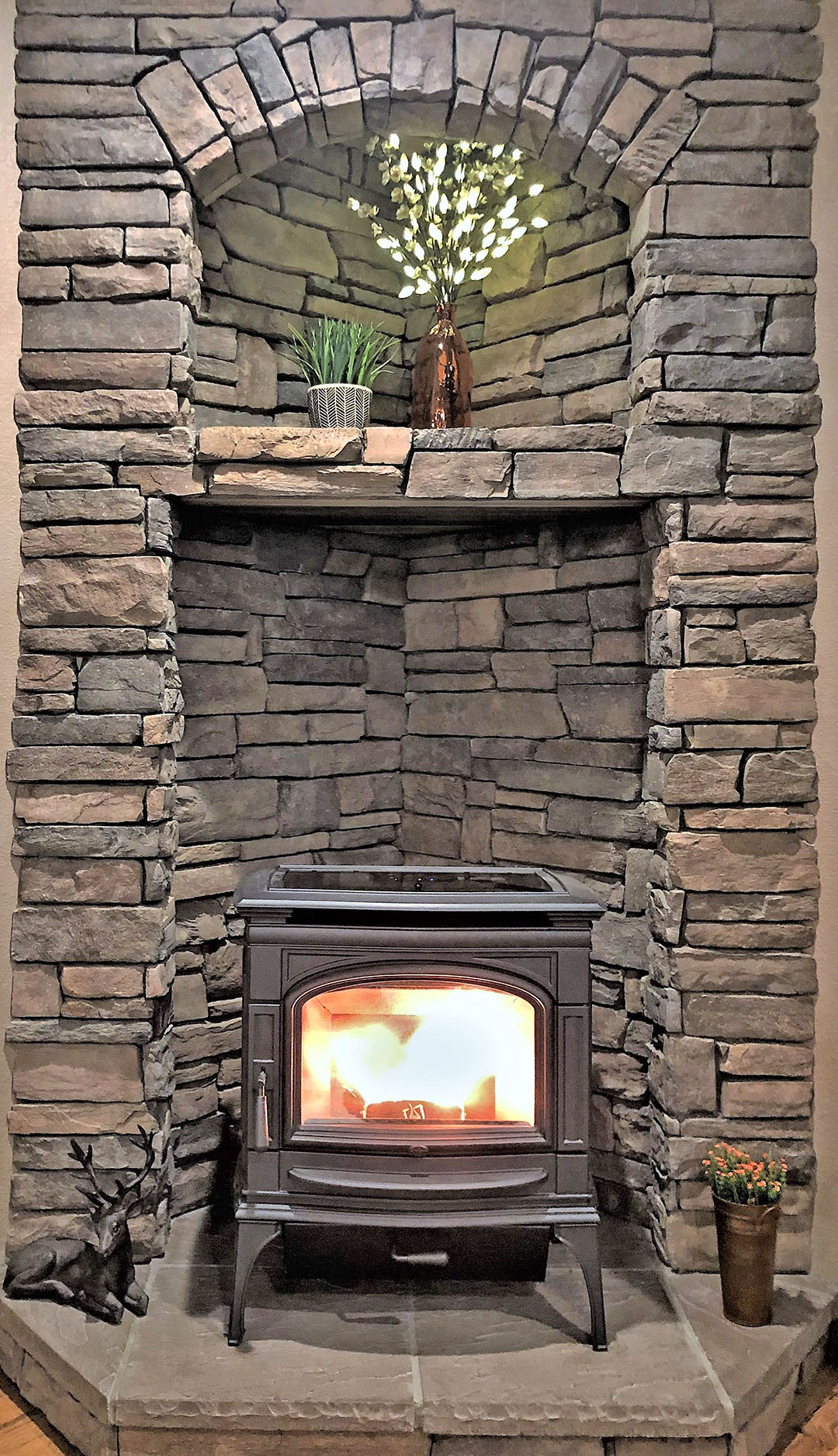
Again, But What About Air Pollution?
“Yeah, but you’re still burning wood with a stove. All of those carbon particles are being released into the air.” Enter catalytic technology. Similar to catalytic converters on cars, catalytic stoves send their smoky exhaust through a ceramic honeycomb catalyst. This unit continues to burn off excess gasses and particles, emitting fewer pollutants as a result. These catalytic stoves are even more efficient than non-cat stoves, with longer burn times and less loss of heat.
Modern EPA-certified stoves burn with efficiency ratings of 85 percent and can heat a home up to 2,000 square feet. These efficiency numbers are very similar to gas fireplaces. In May of 2020, the EPA lowered mandated smoke emissions from wood-burning stoves to 2 grams of smoke per hour. In contrast, most modern efficient wood-burning stoves produce less than 1 gram of smoke per hour.
So, in regard to air pollution and heating efficiency, wood-burning stoves are virtually on par with modern natural gas and propane fireplaces. Crazy, huh? The more you know. *insert star whizzing across your screen*
Conclusion
Wood-burning stoves aren’t for everyone. There’s still more maintenance involved with a stove over a gas fireplace – you must source, chop, and stack wood, clean out the ash regularly, clean your vent yearly, and risk injury each time you light a fire. However, if you’ve longed over the romantic idea of a natural crackling fire and the ambience it creates, a wood-burning stove may be much more practical solution than a fireplace.
If you’d like to install a wood-burning stove in your home, Alpine Contracting has been serving the Southern Colorado region for over a decade. Give us a call and a Project Manager will be happy to answer your questions.

